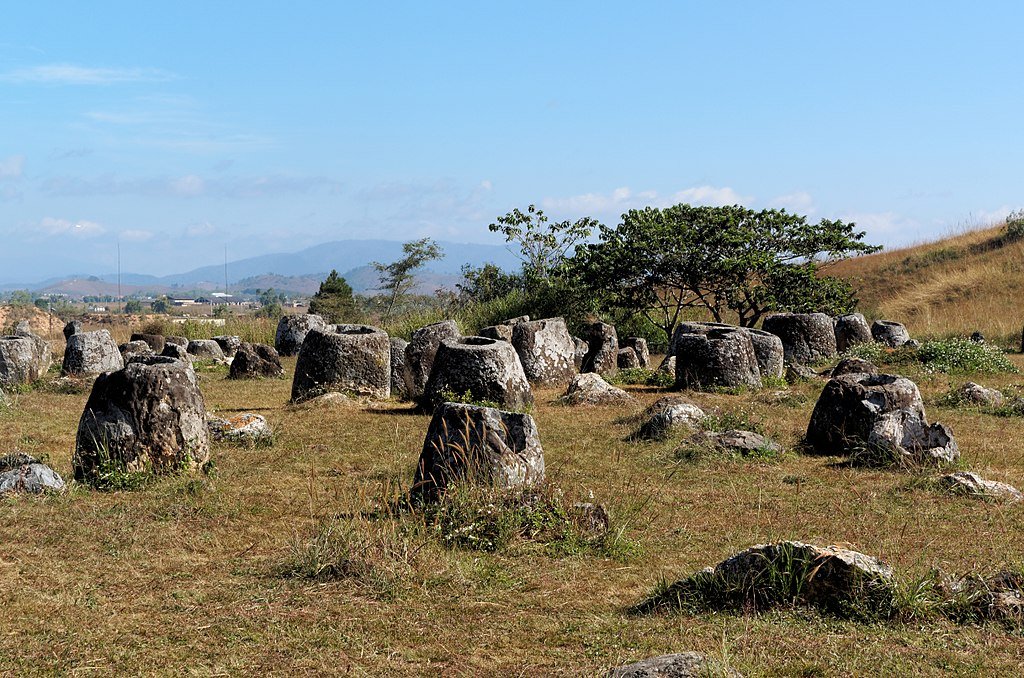On the surface, NASA’s new satellite imagery appears to drop a bombshell: Antarctica, the icy giant that contains 90% of the globe’s fresh water, has been accumulating ice since 2021. This appears to run counter to the incessant drumbeat of global warming but scientists caution that this is far from a reversal of climate change. Rather, it’s a temporary digression in a long-term pattern of ice loss, fueled by intense snowfall and natural variability. How, then, can a warming planet cause Antarctica to have more ice? It occurs in the subtle balance between increasing temperatures, changing weather patterns, and the continent’s special climate.
NASA’s GRACE Satellites Capture a Surprising Shift
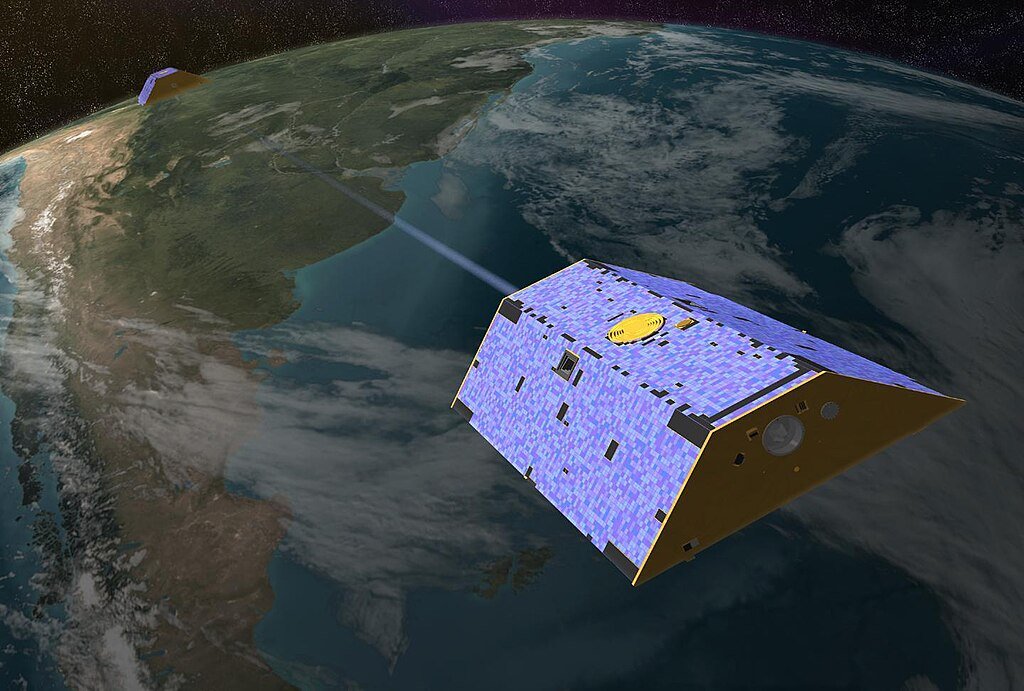
Since 2002, NASA’s GRACE (Gravity Recovery and Climate Experiment) satellites have carefully monitored Antarctica’s ice mass. And what the data shows is a striking trend: between 2002 and 2020, the continent shed ice at an increasing rate, reaching 157 billion tons (142 billion metric tons) annually in the most recent decade. But then came an unexpected twist. Between 2021 and 2023, Antarctica added 119 billion tons (108 billion metric tons) of ice each year, with four large glaciers in East Antarctica reversing their downtrend.
This abrupt change wasn’t brought on by cooling but was instead driven by record-breaking snowfall. A warmer air environment retains more moisture, which results in heavier rain over Antarctica. Although this briefly thickened the ice sheet, scientists point out that it’s a short-lived variation and not a reversal of climate.
The Snowfall Anomaly: A Temporary Reprieve
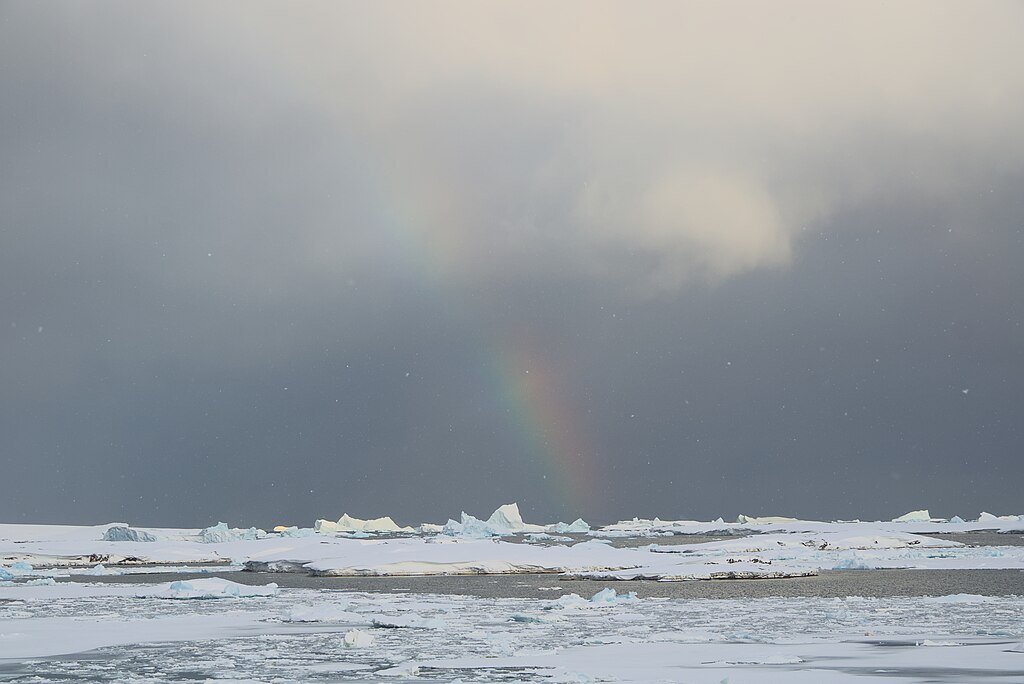
In 2023, a study published in Science China Earth Sciences identified a high precipitation anomaly as the primary driver behind Antarctica’s ice gain. The same researchers behind the latest findings confirmed that this trend persisted into 2023. However, glaciologists like Tom Slater (Northumbria University) caution that this is a temporary phenomenon.
“In a warmer climate, the atmosphere holds more moisture leading to extreme snowfall,” Slater told Live Science. “But while this snowfall offsets some ice loss, it doesn’t stop the underlyin
g problem: glaciers are still melting into the ocean.”
Antarctica’s Ice: A Delicate Balance

Antarctica’s ice sheet is humongously larger than the entire United States and is key to maintaining global sea levels. Sea ice (frozen ocean water) encircles the continent, expanding in winter and shrinking in summer. Though Antarctica’s sea ice had been steadier than the Arctic’s in the past, the past few years have broken records.
- 2023 recorded the lowest Antarctic sea ice extent on record.
- World sea ice cover keeps reaching near-record low levels.
- April 2025 was the 21st of 22 months exceeding the Paris Agreement’s 1.5°C threshold.
These patterns affirm that Antarctica’s short-term ice acquisition is an outlier amidst a much broader warm-up trend.
Why the Arctic and Antarctic Respond Differently
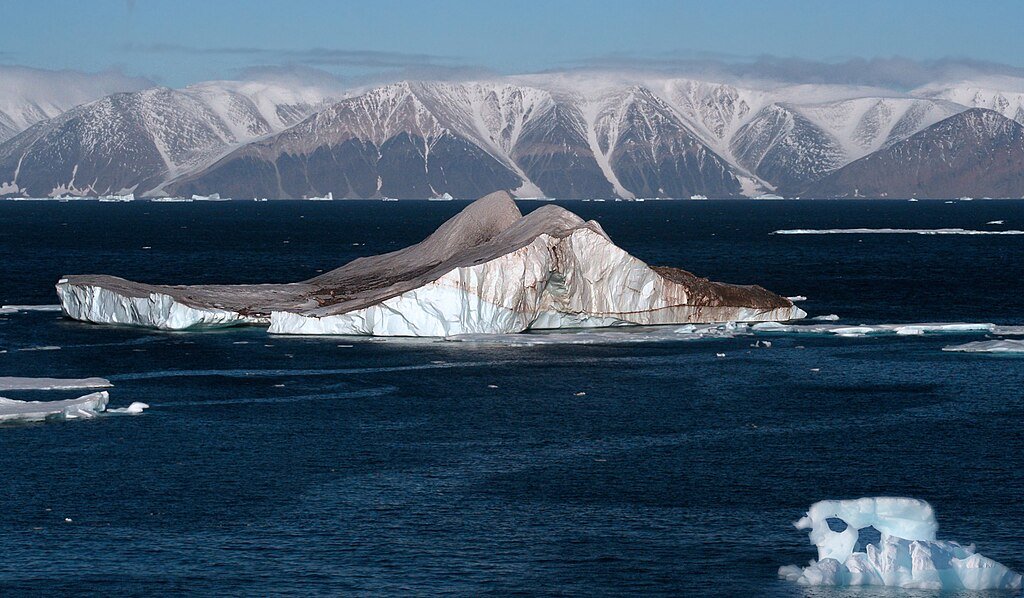
Climate change does not warm the world evenly. Whereas the Arctic is warming four times the rate of the global average, Antarctica has held steady until recently. The Southern Ocean’s special currents and winds previously insulated it against fast warming, but that buffer is eroding.
- The Arctic’s ice loss is direct and dramatic melting permafrost, shrinking glaciers, and disappearing sea ice.
- Antarctica’s changes are more complex, some regions gain ice from snowfall while others lose it from glacial collapse.
This divergence explains why a temporary ice gain in Antarctica doesn’t contradict global warming, it’s just another piece of the climate puzzle.
The Bigger Picture: Ice Gains Don’t Offset Losses
Even with recent gains, Antarctica’s net ice loss since 2002 is staggering. To put it in perspective:
- 2002–2020: Average loss of 81 billion tons/year early on, rising to 157 billion tons/year by 2020.
- 2021–2023: Gain of 119 billion tons/year still not enough to undo two decades of decline.
“Think of it like a leaky bucket,” says Slater. “A brief splash of water inside doesn’t fix the hole at the bottom.”
What Comes Next? The Uncertain Future of Antarctic Ice
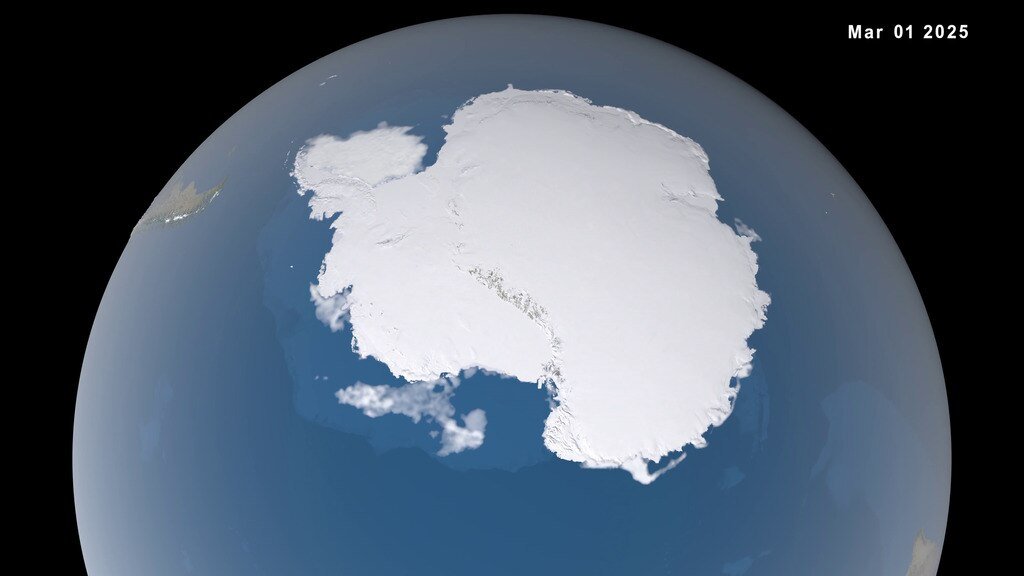
Scientists project Antarctica’s ice gains to abate, with losses resuming as world temperatures continue to increase. Most of the below are of great concern:
- Thwaites Glacier (“Doomsday Glacier”) : still destabilizing, with potential to raise sea levels by 2 feet (0.6 meters) if it collapses.
- Persistent ocean warming : destabilizes ice shelves from the bottom, speeding glacier flow into the ocean.
- Record-low sea ice : lowers Earth’s capacity to reflect sunlight, enhancing warming.
Conclusion: A Fleeting Mirage in a Warming World
Antarctica’s ice growth is an interesting climatic anomaly not an indication that global warming is in reverse. It points to how intricately entangled Earth’s climate mechanisms are, where even warming can produce transient cooling effects in some parts of the planet. But the long-term trend is unmistakable: ice melting, rising sea levels, and increasing extremes. As NASA’s data indicates, short-term fluctuations do not alter the unmistakable trend our planet is still warming, and Antarctica’s icy landscape is no exception.
The takeaway? Don’t let a temporary ice gain obscure the bigger, hotter picture.
Sources:

Jan loves Wildlife and Animals and is one of the founders of Animals Around The Globe. He holds an MSc in Finance & Economics and is a passionate PADI Open Water Diver. His favorite animals are Mountain Gorillas, Tigers, and Great White Sharks. He lived in South Africa, Germany, the USA, Ireland, Italy, China, and Australia. Before AATG, Jan worked for Google, Axel Springer, BMW and others.




